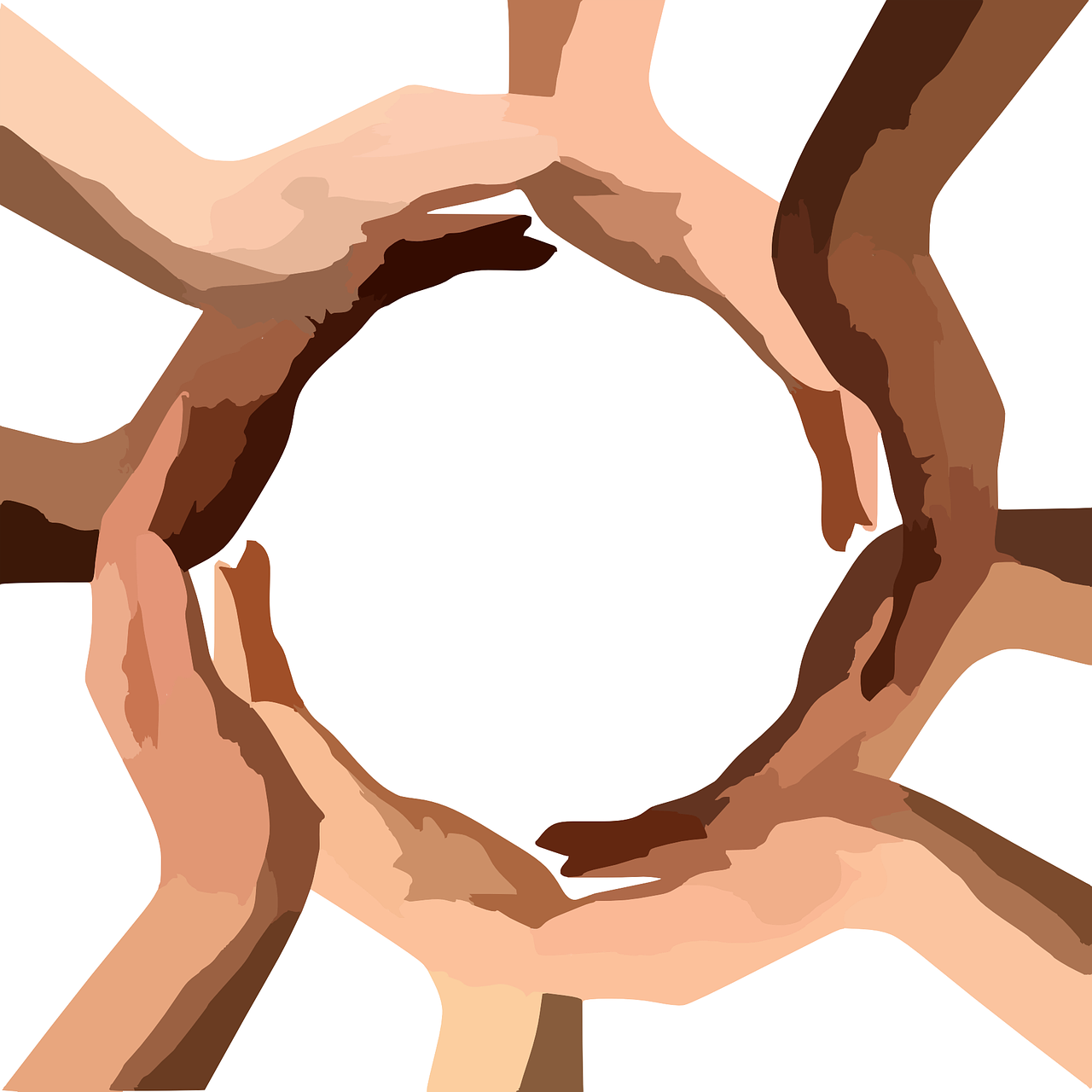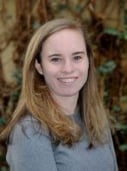
In celebration of #HyperledgerWomen, we asked some of the many excellent women leaders in our community to share some details about their blockchain journey, including how they got started, what projects get them excited and advice they’ve received or have to share.
Read on for part I of this story where we hear from:
Bobbi Mus cara, founder of Ledger Academy; Hyperledger TSC Member and chair of the Hyperledger Learning Materials Development Working Group
cara, founder of Ledger Academy; Hyperledger TSC Member and chair of the Hyperledger Learning Materials Development Working Group
Grace Hartle y, Strategy & Operations Associate at ConsenSys; Hyperledger TSC Member
y, Strategy & Operations Associate at ConsenSys; Hyperledger TSC Member

Joan Zerkovich, Senior Vice President, Operations at American Association of Insurance Services (AAIS)
How did you get into the innovation/technology space?
Bobbi Muscara: “As a Trained Educator and Computer Scientist, it was natural to develop a career in teaching and developing learning materials for the constantly changing technology field. One of my first positions was with a company that created a medical system that enabled nurses and doctors to have a digital medical record (circa 1988).”
Grace Hartley: “I started at ConsenSys two and a half years ago in the Protocols Group. We are the team who originally built and submitted Hyperledger Besu to Hyperledger. Prior to joining ConsenSys, I was working as a financial services consultant and didn’t have any blockchain experience. Since joining ConsenSys, I have slowly built my blockchain knowledge. I am constantly amazed at how active the blockchain ecosystem is. Everyday there is a new announcement with a new product launch or technical innovation.”
Joan Zerkovich: “My Bachelor Degree is in Biochemistry, and I got my certification as a Nuclear Medicine Technologist right after graduation. I was hired as a Research Associate at the University of California, Davis Medical School, right out of training, and I felt I needed to learn about computers to handle the multivariate data we were collecting and processing. I started taking Computer Science classes (they were free to staff on a limited basis) and learned how to program in C and to use BMDP on a mainframe. At some point, I had taken enough classes that I was asked to apply to the Computer Science program in order to keep going, but I decided to get an MBA with an emphasis on Information Technology instead. Oddly enough, the best class I took as part of the MBA program was on computer networks from a very forward thinking professor. I wrote my thesis on the importance of computer networking in the future.
As soon as I graduated, I was hired as the first Network Administrator for the University of California, Davis, as part of building NSFNet that eventually became the Internet. I ended up serving as the Chair of the Technical Committee for the Bay Area Regional Research Network (BARRNET) and then became the Director of the IT unit focused on new Internet based services. We brought up the first web server, distributed file system and authentication database applications for the campus. It was part of my job to participate in the IETF. It was a dream job, great people, fun work, intellectually challenging. I never looked back to medical research.”
When and/or how did you first learn about DLT/blockchain?
Bobbi: “In 2016, I started reading papers based on blockchain technology and became fascinated. I audited several online courses and became active in several online communities including, most notably, Hyperledger. I opened a blockchain training center, Ledger Academy, in 2017 and have been successful in obtaining contracts to develop learning materials for several sources.”
Grace: “My dad was actually the first person to talk to me about blockchain. He was asking me about the technology, and I got curious and did some research on my own. I became so curious that I applied for jobs in the blockchain industry and luckily landed at ConsenSys.”
Joan: “I was aware of blockchain for cryptocurrency for a while before I understood the power of DLT for business applications. I attended a PlugandPlay conference in the Bay Area in December of 2017 to learn more about insuretech startups. DLT technology wasn’t prominent in the presentations or solutions, but it was discussed on the fringes and, for some reason, I had an aha moment. DLT underpinnings would be critical to trusting insuretech data for claims. That led me to research DLT outside of cryptocurrency in more detail, and I came to the conclusion that it would be important to my company in order to transform our data operations. I then facilitated a strategic planning session with the AAIS leadership team in January 2018 to discuss how it could change the way the insurance industry exchanges information and eliminates statistical reporting. We started the openIDL proof of concept in May 2018 and demonstrated the first working prototype in August 2018.”
What’s a blockchain project you’ve worked on that got you excited about the technology?
Bobbi: “In the summer of 2019, Ledger Academy hosted Princeton Meetup groups that developed a Proof of Concept for a Social Impact Project called The Giving Chain with the R2D application. We created a supply chain blockchain that tracked donors to recipients on a local level in a decentralized system. The project was recognized at the US Capital by winning the 2020 Government Blockchain Association’s Social Impact award.
Joan: “openIDL”
What’s an entrenched problem you hope blockchain will help solve?
Joan: “openIDL focuses on improving data privacy and security as well as the auditability of information exchanges and transactions in insurance so companies can trust how data is used for analysis and reporting. However, the framework is applicable to any industry and any exchange of information. The goal is to improve the ability of companies to exchange information without exchanging confidential data, close to real time; to enable secure, real time reporting and to enable public policy decision making on current data, not stale data feeds often over a year or two old.
Certainly blockchain will have a transformative impact on identity management, medical information and provenance to name a few that are extremely important. openIDL can be a part of those solutions, but they weren’t the driver for openIDL.”
What advice do you have for women looking to get started in this space OR what was the best advice someone gave you?
Bobbi: “I am amazed at how many opportunities the blockchain space is opening up. For anyone trying to get involved, my suggestion would be to learn as much as possible and join the online communities. One of the core themes in blockchain is its decentralized nature, which implies community. The entire blockchain effort is only as strong as the members that support it, so sign up for webinars, join working groups and read up on blockchain topics that interest you. I found becoming a member of the Hyperledger Special Interest and Working Groups opened up opportunities that brought me to the Dutch Consulate in NYC, The Big Apps Blockchain Challenge in NYC, Hyperledger Global Forum in Arizona and the GBA Awards Ceremony in Washington DC.”
Grace: “The best advice I can give to women is to apply to the open jobs. There are significantly less women applicants than men applicants for blockchain roles. Most roles, including engineering but also some business roles, often do not require prior blockchain experience so don’t be shy to throw your resume into the conversation or reach out to the hiring manager.”
Joan: “I don’t recall ever getting any advice about entering the technology world. I just ended up there and navigated the waters. I’m sure I was surrounded by unwelcoming cultures, skepticism of my abilities (I’m not technically strong) or closed doors at times, but my recollection is that I would keep on moving until I found the right people, the right organization and the right project to work on. From my perspective, the best advice I can give is for women to approach their work and to deal with obstacles as technology or business issues and not gender issues. When you run into an obstacle, pivot; find a way around it and keep going. It may mean you have to leave a team or a company or a project to keep going but it’s usually the best thing to do. Once you find the right place, do your best work.”
Help us highlight the role of women in blockchain by tagging others in the community with #HyperledgerWomen.
Cover image by Clker-Free-Vector-Images from Pixabay
Sign up for Hyperledger Horizon & /dev/weekly newsletters
By signing up, you acknowledge that your information is subject to The Linux Foundation's Privacy Policy